Post by Lidia Echeverria-Garcia and Ziru Bolen, Bilingual Graduate Student Clinicians, Communication Disorders & Sciences, University of Oregon.
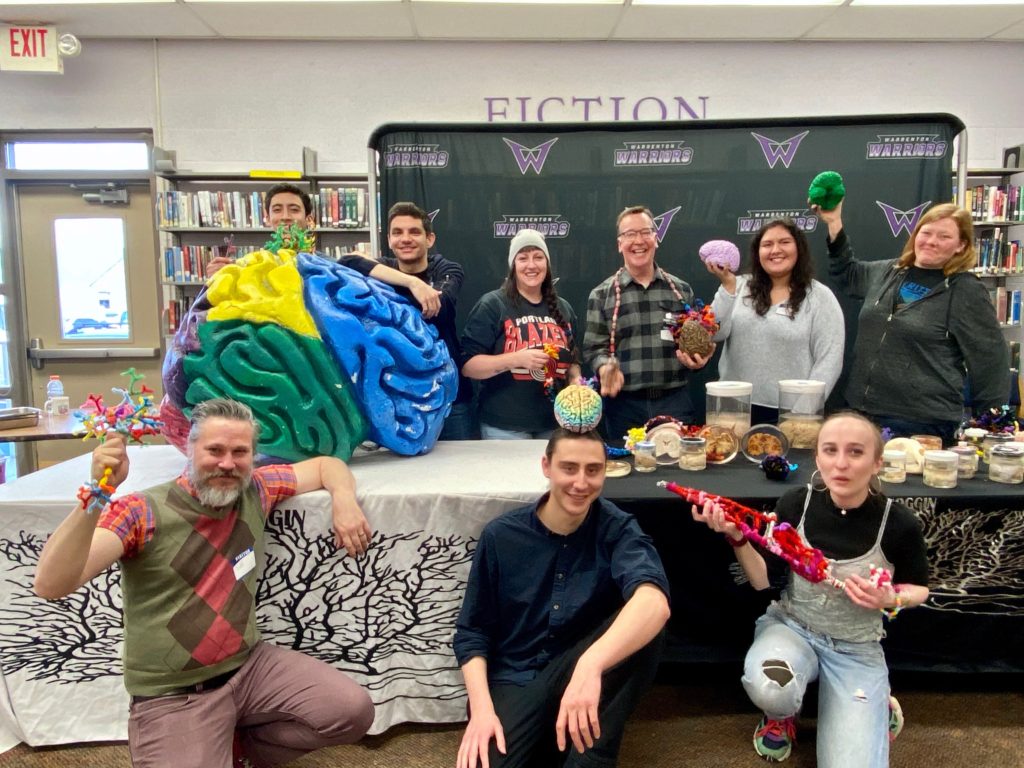
LEARN MORE: 双语很酷!
LEARN MORE: ¡Ser bilingüe es maravilloso!
Please click on the link to take this survey when you finished reading the blog post – thank you!
Many children learn two languages early in life or after starting school.
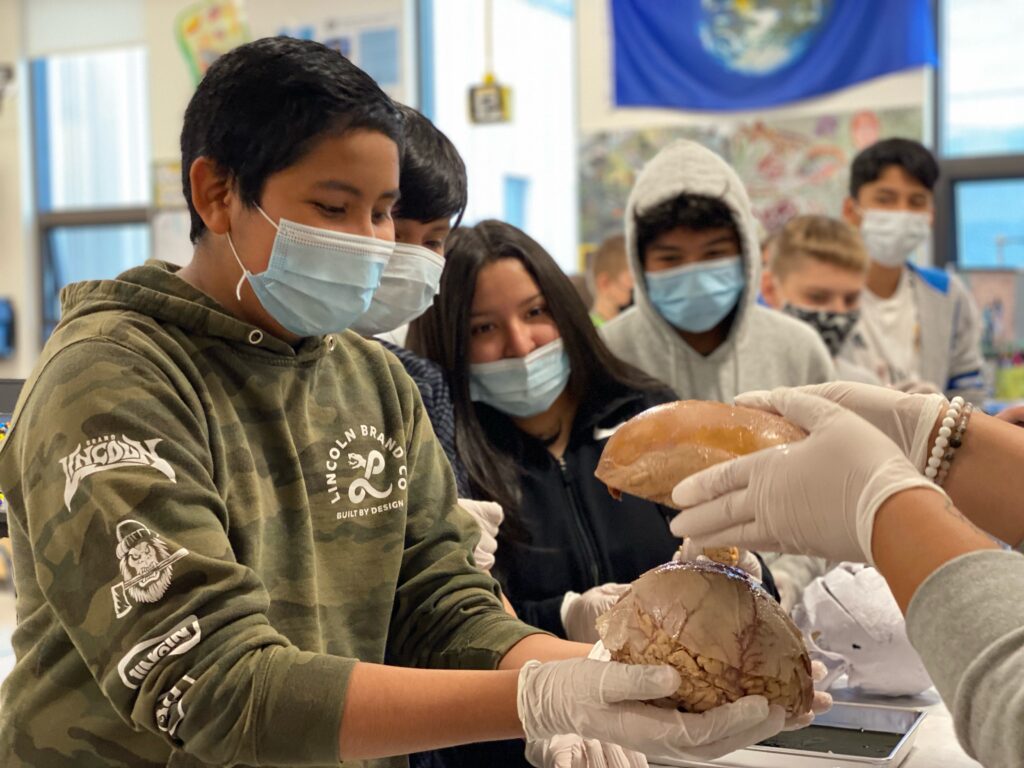
These children are called ‘bilingual.’ Families often ask: will my bilingual child be confused? The answer is no. Children know the difference between languages from an early age! They may mix their languages when talking sometimes but this is natural.
LEARN MORE: Bilingualism in the Early Years: What the Science Says
There are many good things about being bilingual.
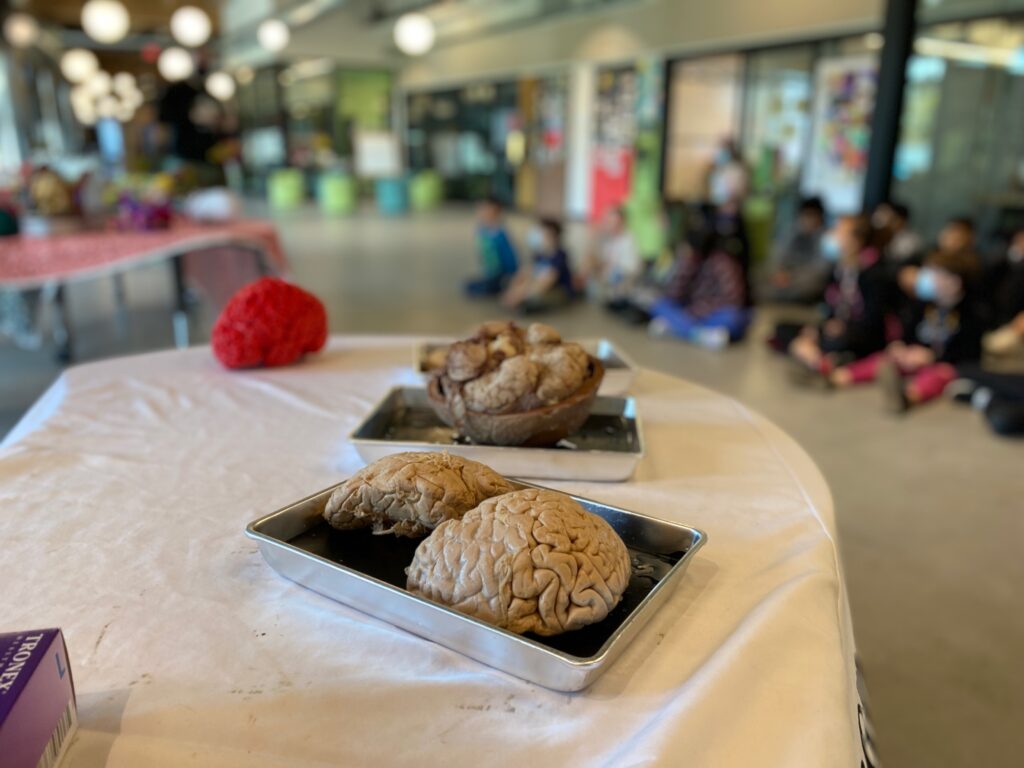
Bilingual children may have stronger memory, attention, planning, and more flexible thinking. A brain with two (or more!) languages practices a lot of mental skills! Bilingual children create and keep strong relationships with their family and community that speak little English. Bilingual children have more opportunities in our country. They might have more job opportunities later in life!
LEARN MORE: Bilingual Effects in the Brain
LEARN MORE: The Developing Bilingual Brain: What Parents and Teachers Should Know and Do
LEARN MORE: The Benefits of Multilingualism to the Personal and Professional Development of Residents of The US
LEARN MORE: Reshaping the Mind: The Benefits of Bilingualism
LEARN MORE: The Cognitive Benefits of Being Bilingual
This begins with supporting children’s home languages.
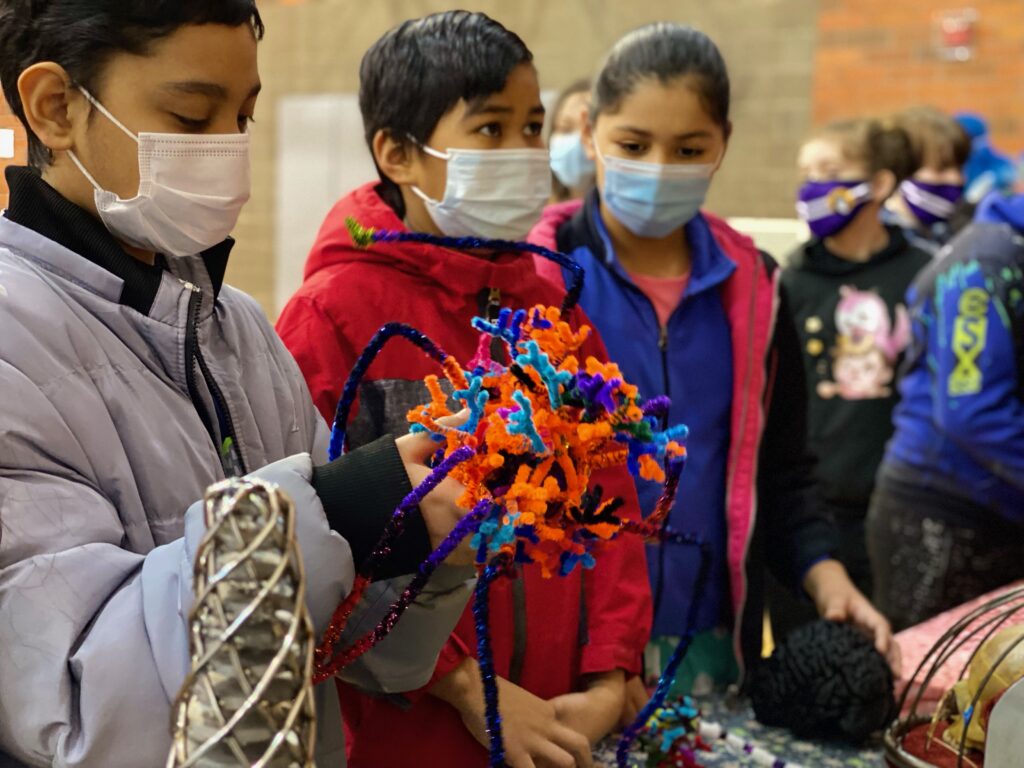
Children learn best with “high quality” language. This means strong grammar, vocabulary, and pronunciation. Some families may not speak English well because English is not their home language. This may make it hard to provide “high quality” language experience in English. Families should instead use their home language to show “high quality” language to their children. This helps children build skills to learn grammar, pronunciation, and vocabulary in other languages. Stories and conversations in the home language are wonderful ways to practice “high quality” language!
LEARN MORE: Development of 14 English grammatical morphemes in Spanish–English preschoolers
LEARN MORE: Properties of Dual Language Exposure that Influence Two-Year-Olds’ Bilingual Proficiency
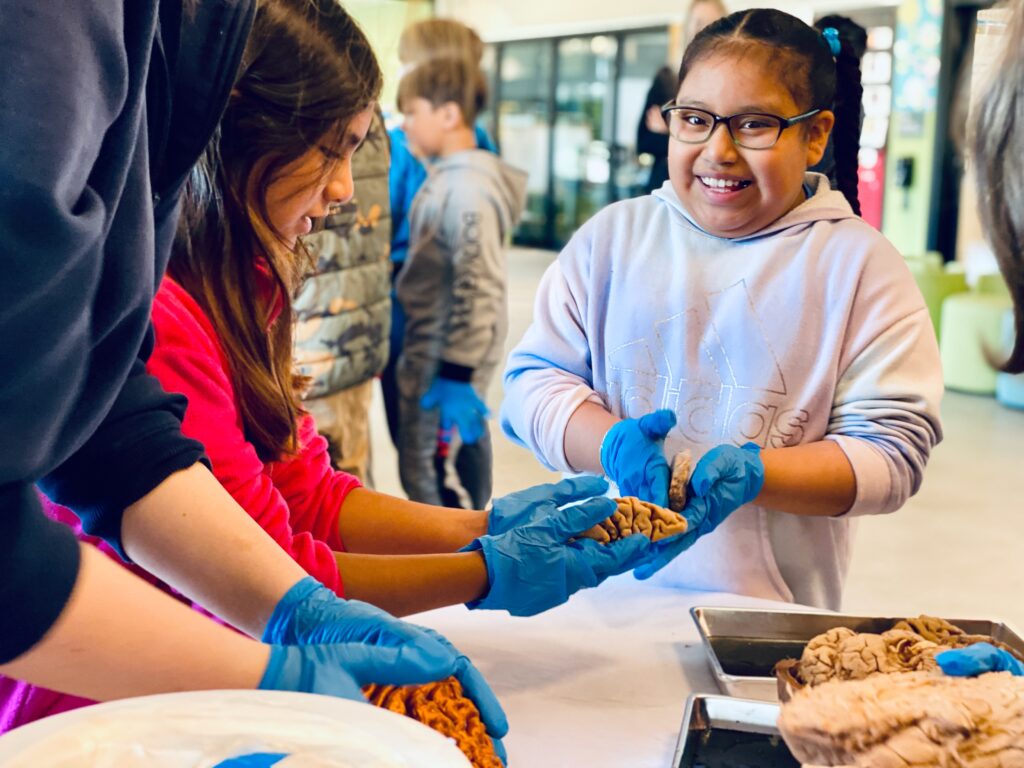
Remember 
Children will not be confused if they learn more than one language at the same time. Being bilingual has a lot of benefits that may help build the foundation for a bright future!


